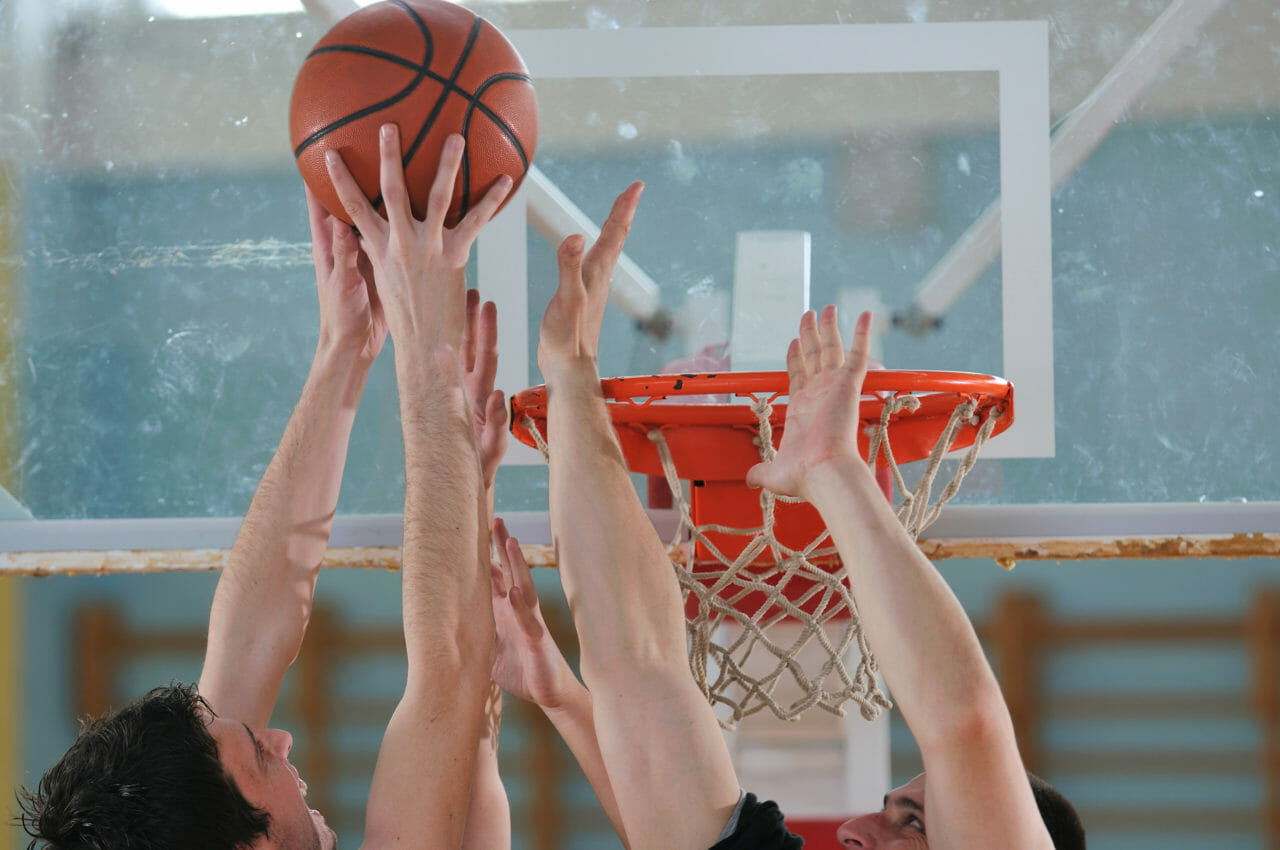For college basketball fans, March has been a whirlwind of a month. As one of the more exciting and unpredictable NCAA tournaments in recent memory, after a number of upsets, barnburners and buzzer-beaters, the field of 68 has now been whittled down to the highly coveted Final Four.
The action picks back up again this Saturday in North Texas as Kentucky, Wisconsin, Florida and UConn battle it out to bring home a championship to their respective universities, and if the tournament up to this point is any indication, we’re in for a thrilling final weekend of basketball.
Unfortunately, in the midst of all the intense entertainment, injury risk is always present and can easily sideline a player or end a team’s run in an instant. In honor of the conclusion of the tournament, we at Dynamic Sports Physical Therapy would like to educate our patients on common basketball injuries, and most importantly, explain how they can be prevented at all levels of play.
While overuse injuries that occur from repeated stress like patellar (knee) or Achilles (heel region) tendinitis are fairly prevalent in basketball and can occur over time, traumatic injuries, especially ankle sprains, are one of the most common injuries for all basketball players. Ankle sprains occur primarily due to the constant cutting and pivoting involved in basketball, so much so that the term “break one’s ankles” has become a popular way of describing a quick move past a defender.
Despite the fact that ankle sprains are so common, they can be prevented. One of the best ways to prevent these injuries is by improving ankle stability through single leg stance/balance exercises. Here’s an example anyone can perform:
- Stand behind a chair and hold the back of it with both hands
- Slowly lift one leg off the ground, then try to maintain balance standing on one leg for five seconds
- Return the leg to the starting position, and complete this four more times
- Repeat the same set of motions with the other leg
- As balance improves, try integrating the following: holding the chair with only one hand, stand near but don’t use the chair for assistance, or raise your leg one inch higher than normal
Performing this single leg stance exercise on a regular basis will improve balance and lead to better ankle stability, which will reduce the chances of ankle sprains and other injuries. If you play basketball and are concerned with your injury risk, Dynamic Sports Physical Therapy in New York City can offer a single leg balance test to predict your risk and also create a prevention program if your risk is high. Call 212-317-8303 for more information or to schedule an appointment.

